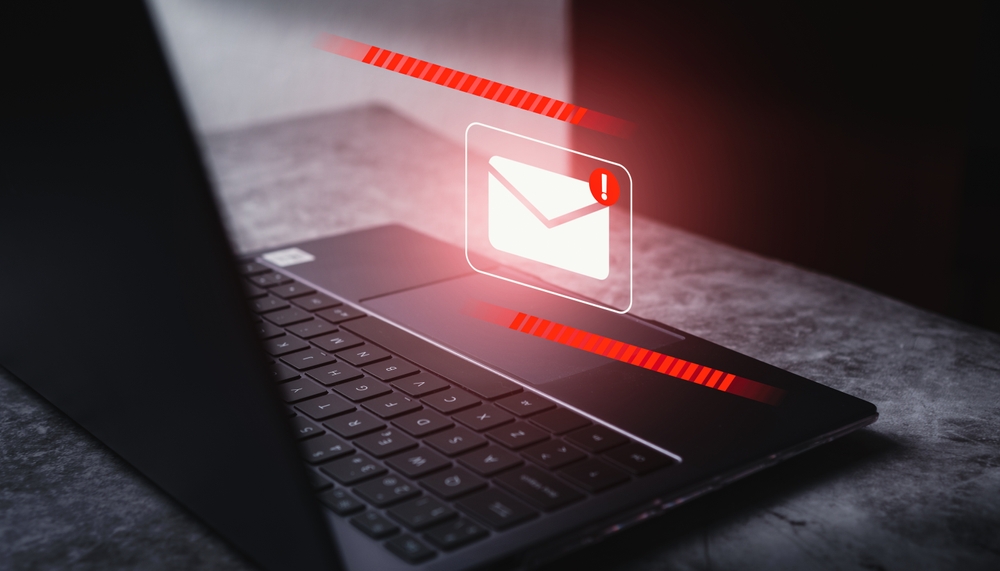Tips to Help You Recognise Phishing Emails
Phishing emails can threaten your personal and professional life. Falling for one could expose critical information such as company data or your own financial details.
As the threat has evolved, phishing attempts have become increasingly elaborate. But there are a few signs to look out for.

Check the Sender’s Email Address
Rule number one is to check the address that’s emailed you. Some fakes are easier to spot than others. Ignore spammy addresses with random combinations of numbers and letters. The same goes for irrelevant or unknown names and brands.
Things get trickier when a phisher has an address that mimics a legitimate business or organisation. It’s easy to fall for something that looks like an official email – this is where attention to detail is key.
A closer look can reveal inconsistencies. Many organisations use standard email formats, often the same as their website domain. Confirm this or call the person or company contacting you to confirm.
Watch Out for Red Flags in the Email Content
Certain things should raise suspicion. Look for generic greetings and introductions that could target anyone. Some phishing emails land in the inboxes of thousands of people hoping for a bite. Even something mentioning your name or address may not be official.
Poor language, grammar, and spelling are other warning signs. Non-native speakers or simple carelessness can result in content that doesn’t make much sense. Trust your instincts here. If something feels off or contains strange words and phrasing, investigate further.
Always think twice about any urgent requests or threats. These are often scare tactics to manipulate you with fear and uncertainty. For example, the threat of exposed passwords and fake unpaid bills can pressure you into action.
Resist this and think about the other tips outlined in this article. Only once you’ve verified the sender should you consider things further.
Hover Over Links and Check Attachments
Malicious links and attachments are where the danger lies in most phishing emails. Clicking on hyperlinks can take you to a dodgy web page designed to steal your information. Downloading and opening attachments can install malware on your device.
Fortunately, hovering over hyperlinks lets you preview the URL it’s going to direct you to. If it seems unfamiliar or suspicious, don’t click it. Search the official website in your browser and compare URLs to see what’s legitimate.
For attachments, you can use a malware scanner to check them before opening. These tools detect malware and viruses, and some are even free to use. It’s a small step that could make a massive difference. If you are going to use a free online tool, choose a reliable and verified brand.
Don’t Fall for Phishing Scams
Knowing what’s phishing and what’s not isn’t always easy. But applying the tips above should help you spot them before one causes any damage. Take your time, think twice, and be wary of anything that doesn’t feel right.

